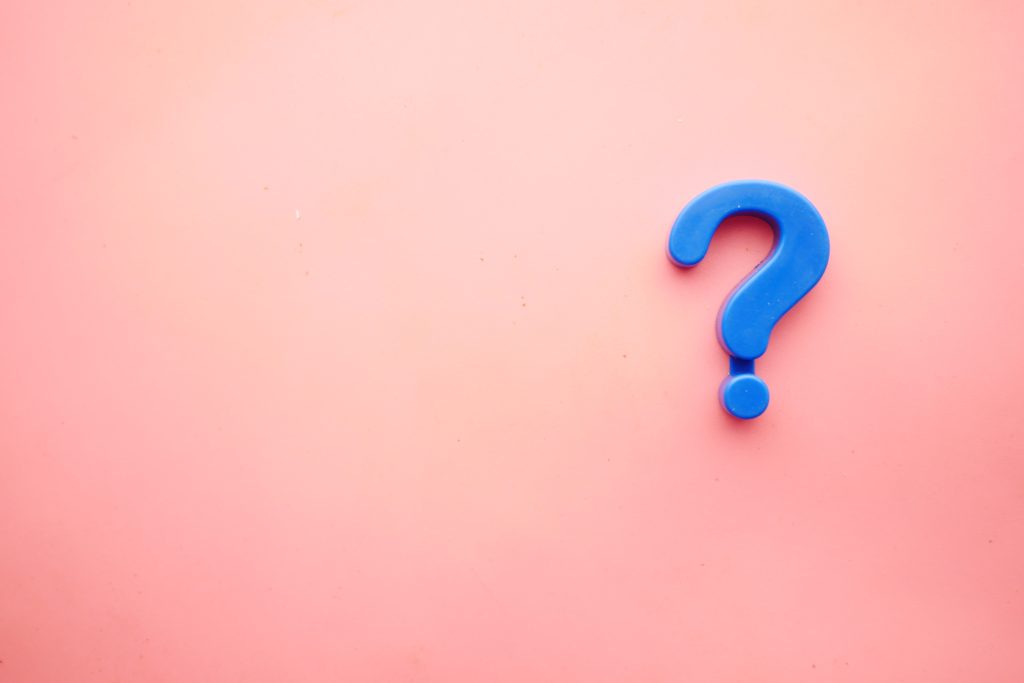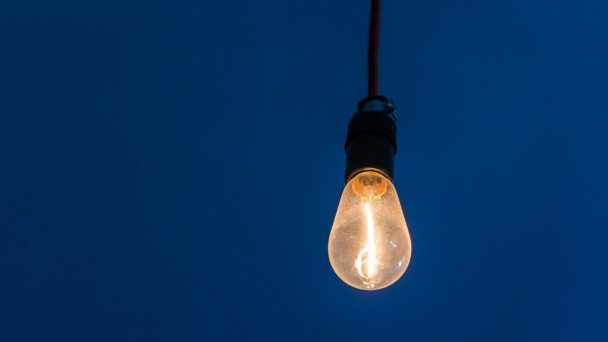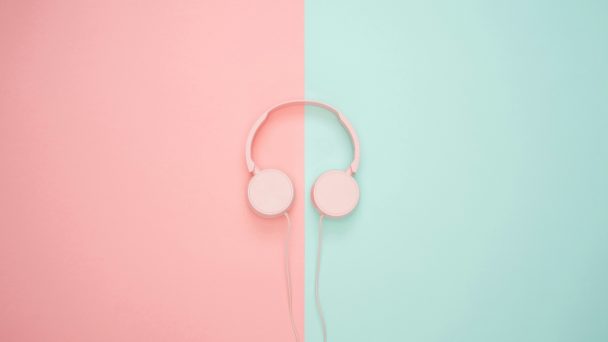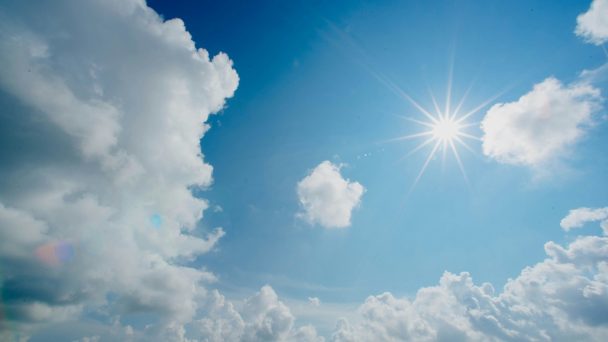Surprising products with alcohol

During your break month, the beers remain unopened and the bottles of wine closed. Clear and logical. But did you know that some (everyday) products can also contain alcohol? We update you.
Bake them brown
Anything related to yeast or fermentation can contain alcohol. The same goes for the well-known bake-off rolls. How about that? Although this is a very low dose, alcohol is sometimes sprayed over the sandwiches. This is to prevent the growth of micro-organisms such as molds and yeasts. It is therefore possible that you smell a slight alcohol odor when you open the package.
Alcohol is also spontaneously released when baking ordinary bread. The baker's yeast that bakers use to give the bread an airy structure ensures that alcohol is released in very low quantities during fermentation.
Just have a fruit juice… or not?
Drinking a fruit juice could be your alternative for this non-alcoholic month. But beware, fruit juices are prone to fermentation. During fermentation, or the ripening process, the fruit sugars can easily be converted into ethanol (alcohol). Moreover, this fermentation can occur both during and after the production process. If you leave a bottle of fruit juice in your kitchen for a long time, alcohol may be formed.
Kombucha
We have often mentioned this alternative in the newsletters and always with the same 'warning': the drink has a higher acid content and can be drunk at least by people with a sensitive stomach and kombucha contains a very small percentage of alcohol. Yeasts are used to produce this green tea, which produces alcohol. In addition, commercially produced kombucha must contain less than 0.5 percent alcohol or it cannot be sold as a non-alcoholic beverage.
If you like a banana
Perhaps not really a surprise after reading the story behind the fruit juice, but still good to mention because for many it is standard on the fruit bowl: the banana. A banana that continues to ripen not only shows brown spots, the sugars are also slowly (thanks to the fermentation process) converted into the by-product alcohol. A very ripe banana contains about 0.4 percent alcohol. This also applies to other ripe fruit such as mangoes.
And now?
No problem. You have to try extremely hard if you want to notice the alcohol that these products contain. For example, you would have to eat 5.2 kilograms of ripe bananas in a row and drink 4.2 liters of kombucha to reach the legal limit of 0.5 promillage. That is almost impossible to do and dangerous too.
But do you really want to get nothing, nopes, nada of alcohol this month (consciously or unconsciously)? Then also walk around the bake-off rolls, fruit juices, kombucha and bananas in the supermarket.
Source: hln.be


